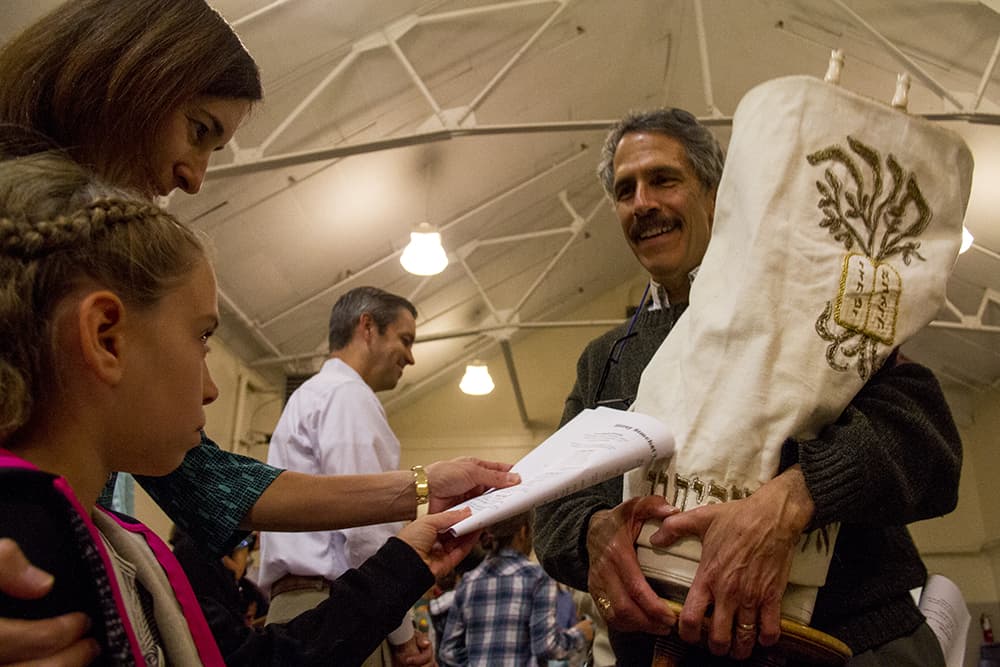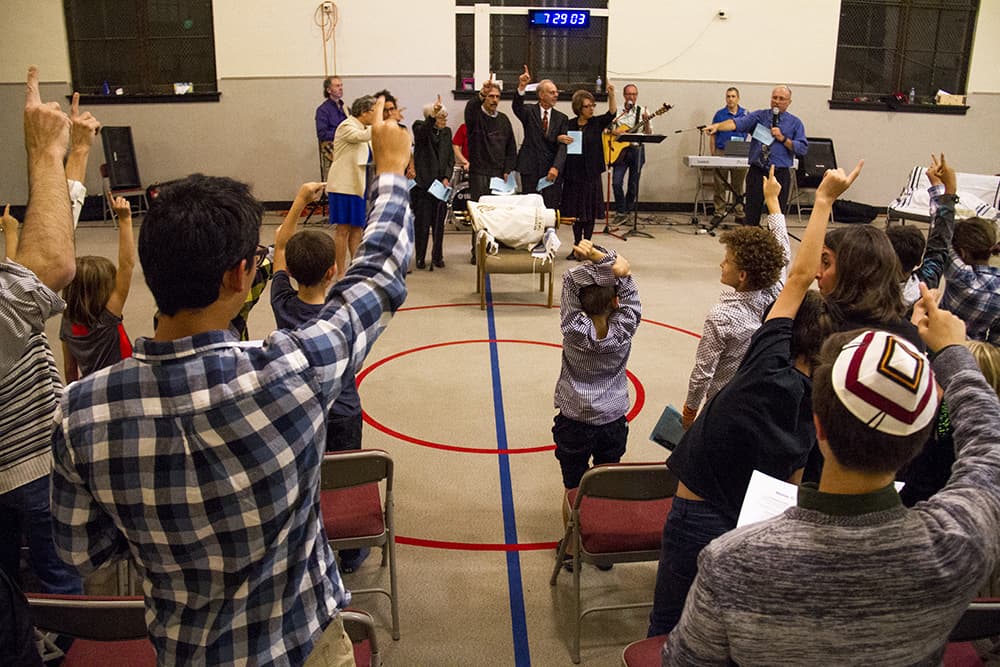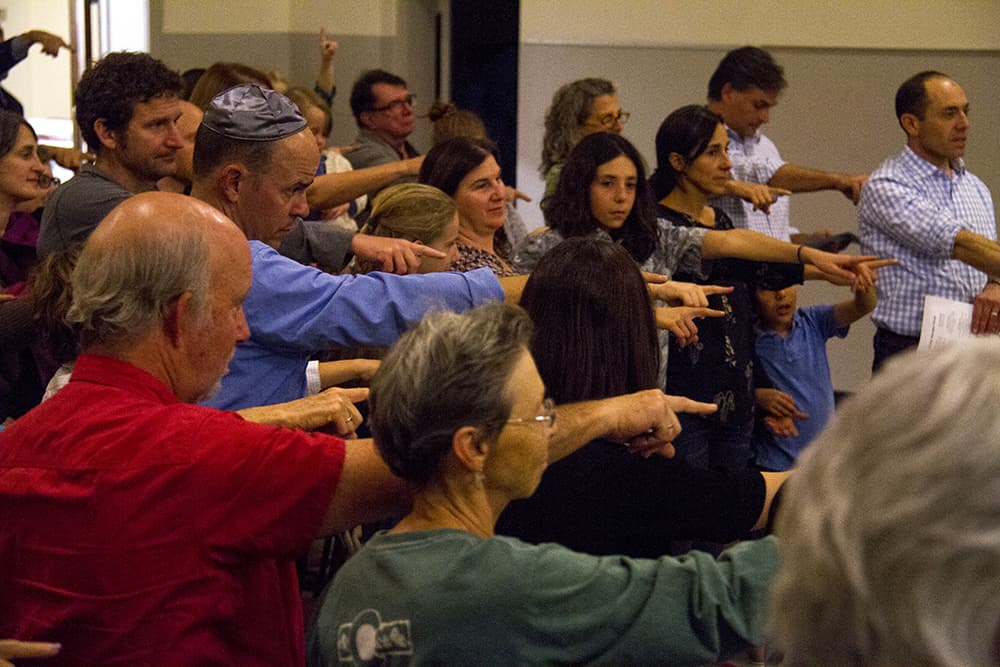
Part of the work of closing down Temple Aaron, Colorado's oldest synagogue, is finding new homes for its four Torah scrolls. Torah scrolls are the most valuable objects that a Jewish congregation owns and the most spiritually significant.
One of those scrolls now has a new home at Denver's Temple Micah.
"We're so jubilant that we have this opportunity," said Ron Rubin, vice president of Temple Aaron. "It's just sitting there in Temple Aaron, and they're used so infrequently. We do want them to be used and be an integral part of a community."

Founded in Trinidad in 1889, Temple Aaron was a center of Jewish life in southern Colorado and northern New Mexico for decades, but its membership had dwindled to fewer than 20 people. Unable to afford the upkeep on their historic building, the members made the difficult decision to close in September.
When members of Temple Micah first started talking about buying a scroll from Temple Aaron, the decision to close was looming in the future but not yet final. Micah's Rabbi Adam Morris said he initially understood the congregation to be trying to raise funds to keep the building open. That wasn't to be.

For Micah, a growing Reform congregation in Park Hill, a second Torah was a "want, not a need," Morris said, but it's very meaningful to have a Torah scroll that connects the congregation to Judaism's history in Colorado and to the much longer history of the Jewish people.
(Full disclosure: I'm a member of Temple Micah.)
A scribe examined the Torah scroll and estimated it to be about 80 years old and to have come from Russia, based on the style of calligraphy and other characteristics. Most likely, this scroll has a turbulent past, though how it came to Temple Aaron is buried somewhere in boxes and boxes of ancient board meeting minutes, Rubin said.

A Torah scroll is easily the most valuable object that any synagogue owns, and this one is particularly beautiful, with delicate ivory carvings on the ends of the wooden poles that hold the parchment.
But what it represents is even more important.
"It's the symbol for the mobility, vitality and creativity of the Jewish endeavor," said Rabbi Adam Morris. "It's not just the scroll. It's not just the stories in it. It's how we engage with it and agree with it and disagree with it and with a sage from the 11th century and a sage from the 13th century and a sage from the 20th century. It's this trans-temporal dialogue."

Members of Temple Aaron traveled to Denver Friday to be present as their Torah was consecrated at Micah.
Of the remaining three scrolls, one is likely to go to a havurah, or independent prayer group, in Alburquerque. The remaining two scrolls may not find a home with a congregation, Rubin said.
Some of the scrolls may be as old as the synagogue or older. They need a lot of repairs to be usable again. One suffered water damage. Those repairs might cost more than the cost of a new scroll, which itself can run $20,000 to $40,000, so it's been hard to find a congregation willing to take that on. (Torah scrolls are written by hand according to exacting standards and can take a year to complete.)

Rubin said they might end up in a museum if they can't find a synagogue to take them.
"We would much, much rather have them used," he said.












